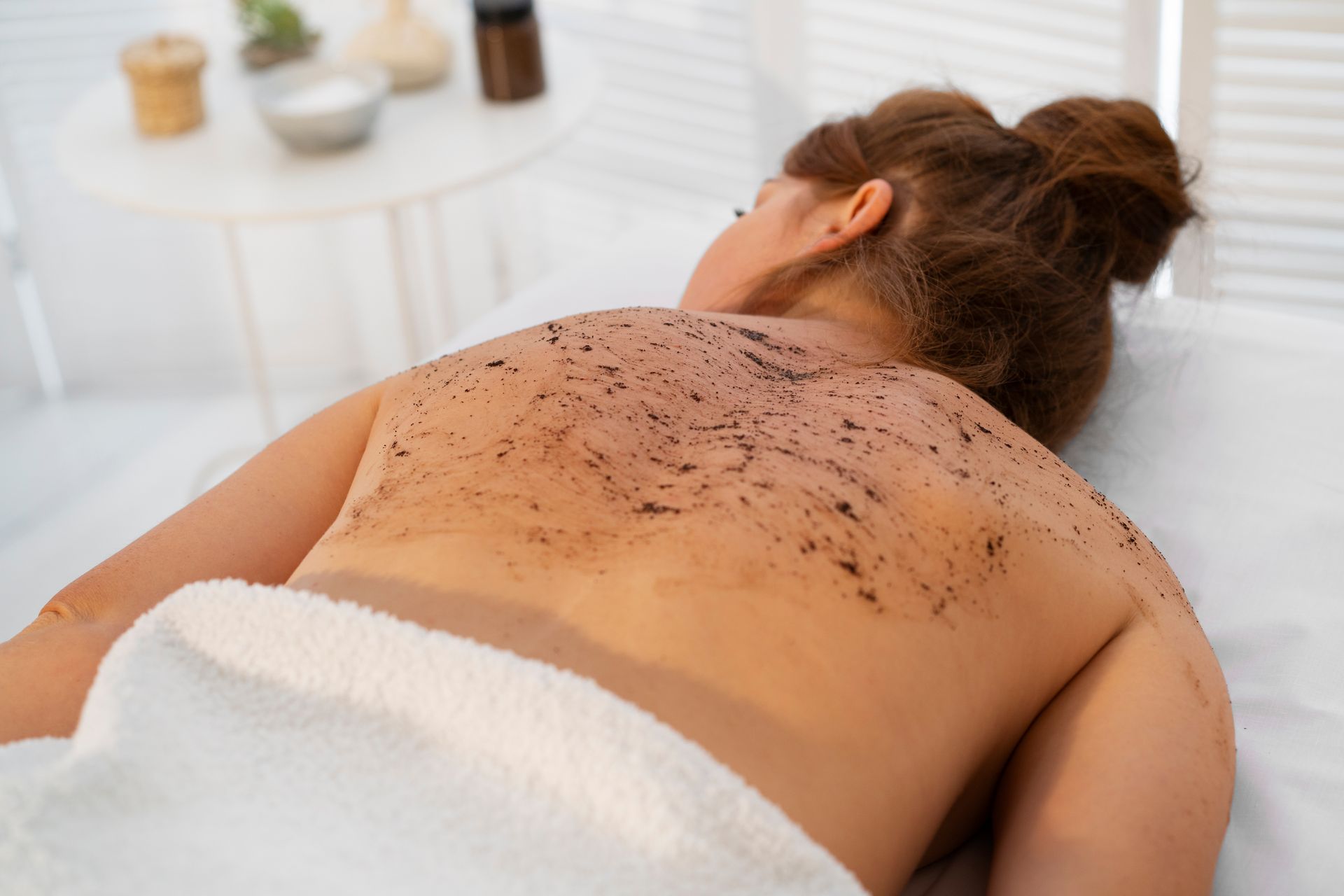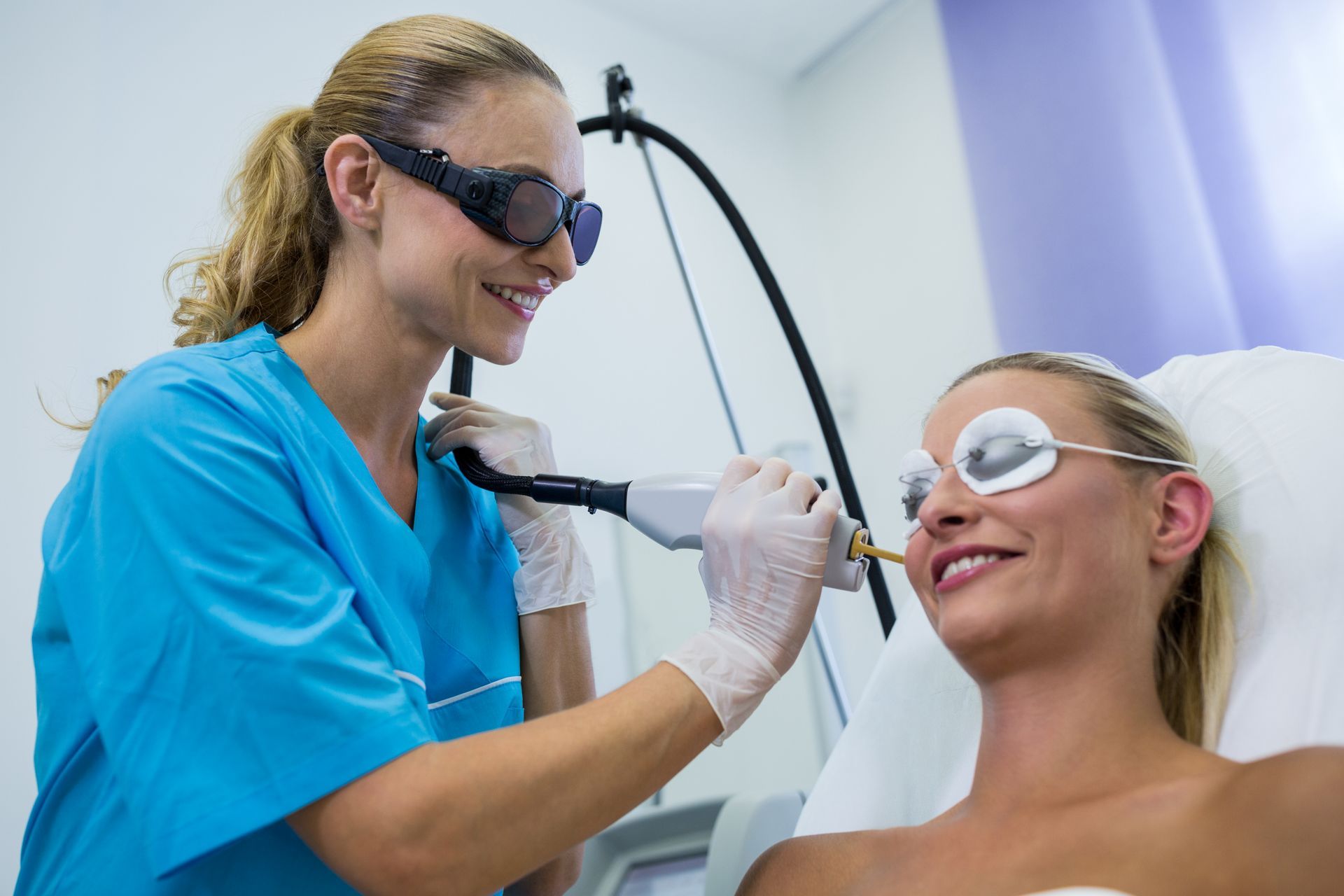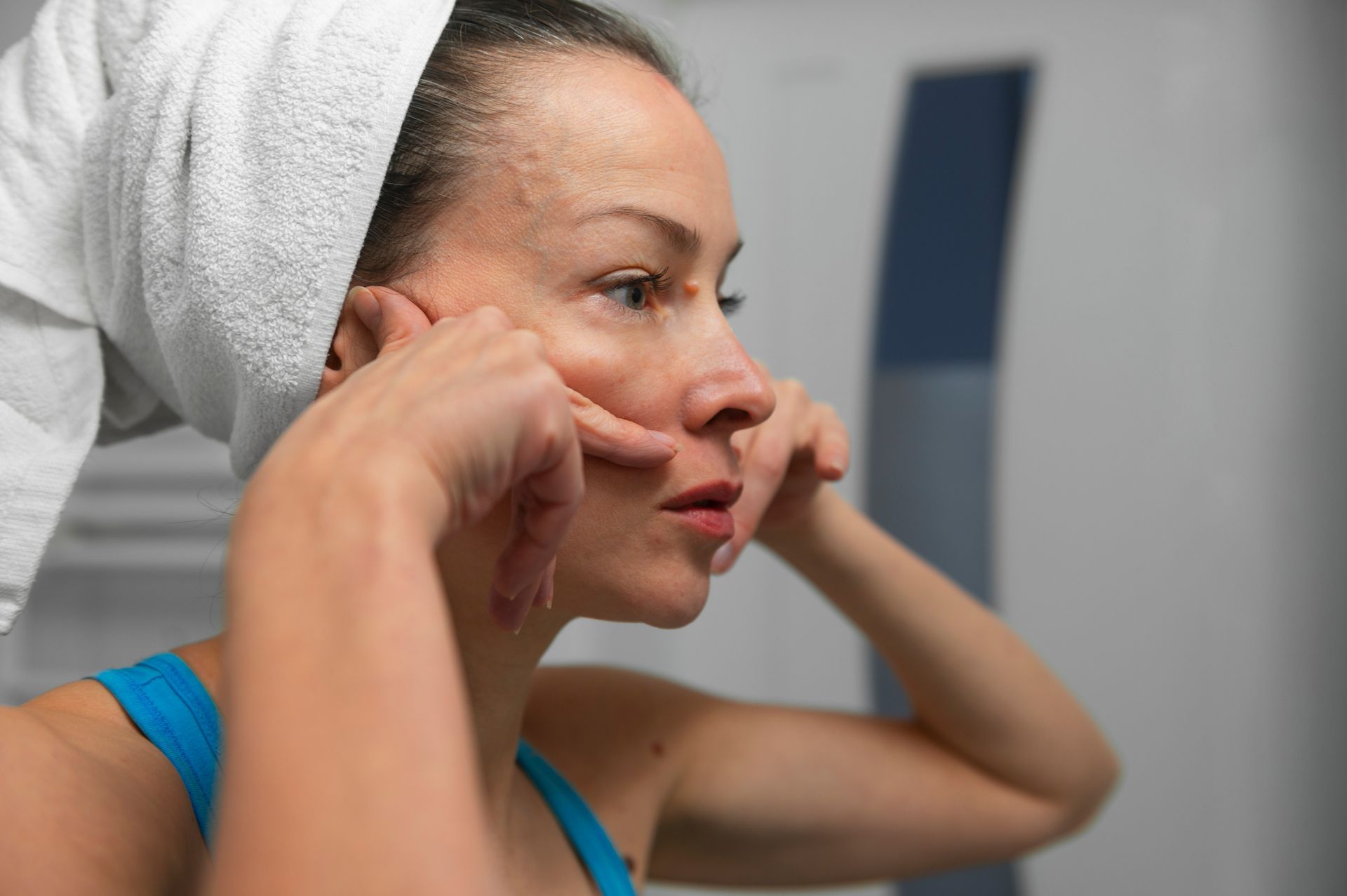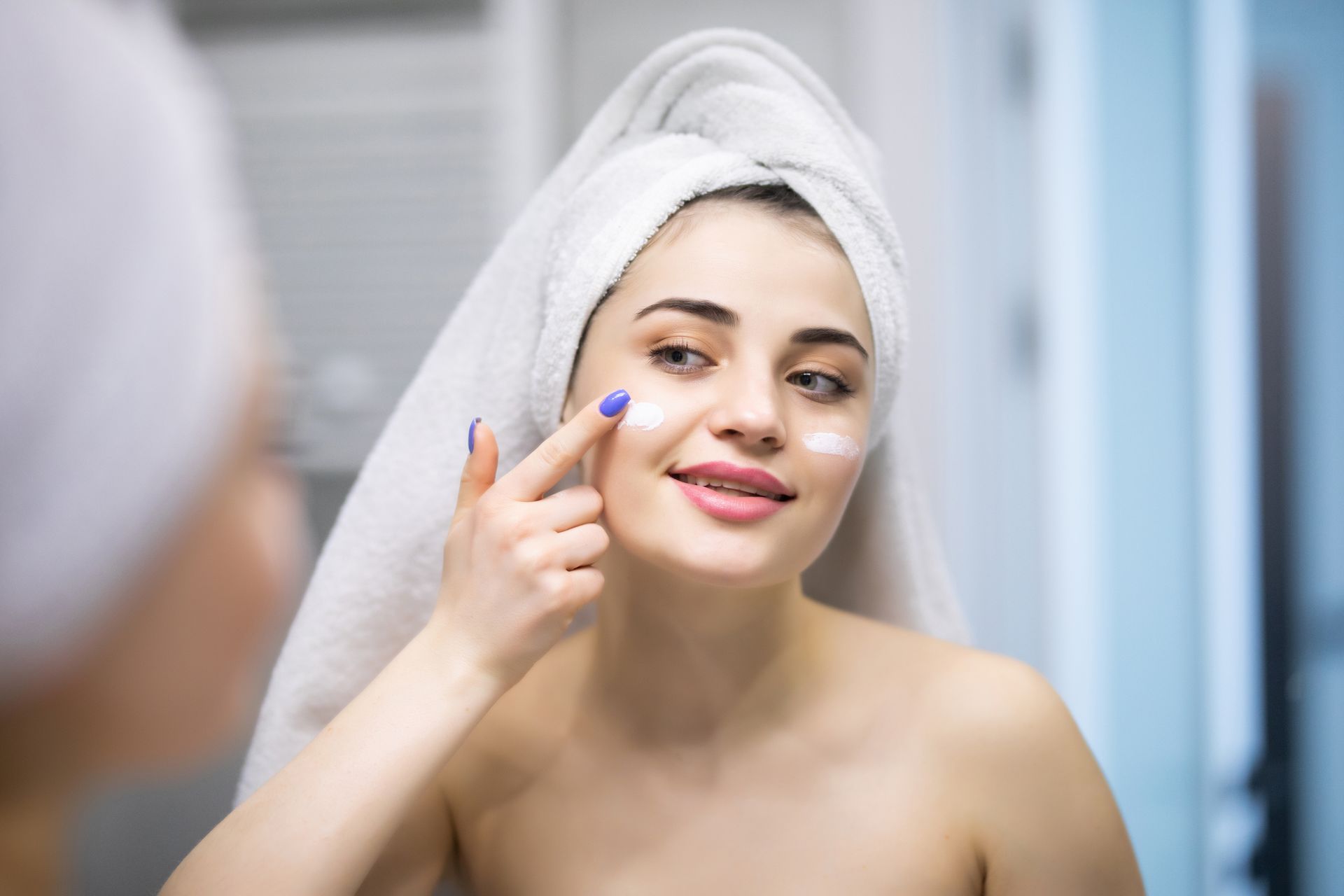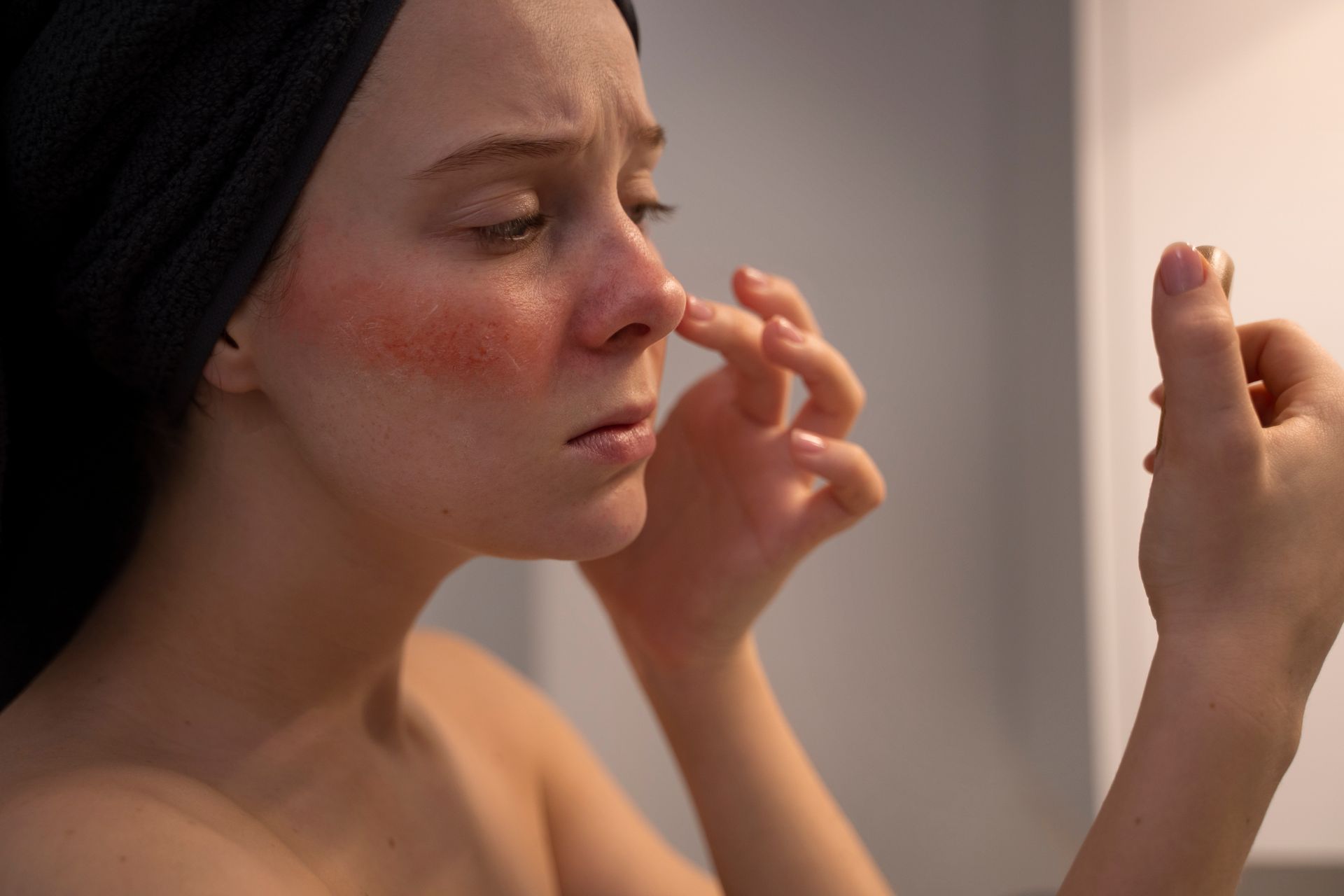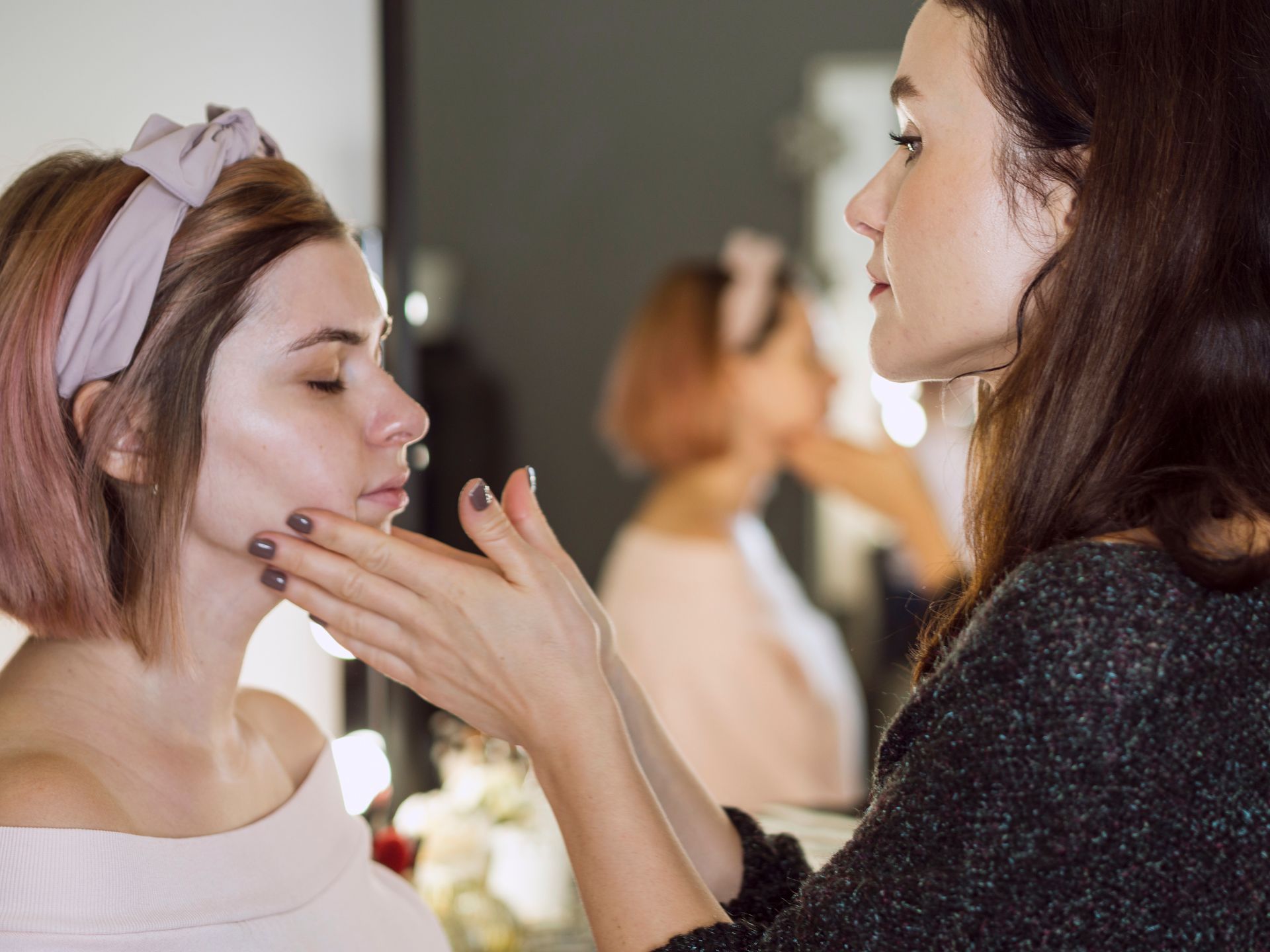Does Laser Hair Removal Hurt?
Over the past few years, laser hair removal has gained tremendous popularity among people due to its effectiveness, affordability, and high success rate. It has become a popular choice for individuals seeking to remove unwanted hair from various parts of their body, including the face. Moreover, people with conditions like Polycystic Ovary Syndrome (PCOS) also opt for this treatment.
Despite its growing popularity, many individuals still have concerns about the pain associated with laser hair removal. We frequently encounter questions like, "Does laser hair removal hurt?" or "Is laser hair removal painful?" Unfortunately, there is no one definitive answer to this question since the level of discomfort experienced varies based on different factors such as the treated area, the laser technology used, and an individual's personal pain threshold. In the following sections, we will examine these factors in greater detail to help you gain a better understanding of the potential discomfort that may be associated with laser hair removal.
Achieving Smooth Skin with Minimal Discomfort
Compared to other hair removal methods like tweezing, shaving, and especially waxing, laser hair removal is often considered less painful. Most people describe the sensation as similar to the snap of an elastic band against the skin, which is generally tolerable. However, the degree of discomfort may vary depending on the area of the body being treated. For instance, some areas like the underarms may be more sensitive and therefore more painful than others, such as the legs. The thickness of the skin in the treatment area can also impact the level of pain experienced during the procedure.
It's important to keep in mind that the body's hormonal changes, such as those that occur during menstruation, may also affect pain thresholds. During this time, women's skin may be more sensitive, making the laser hair removal process more uncomfortable.
The Laser Hair Removal Procedure
Laser hair removal is a safe and effective way to get rid of unwanted hair, and there's no need to be afraid of the process. Here's a detailed overview of what to expect:
- The first step is to shave and clean the area where hair needs to be removed. Then, a numbing cream or gel will be applied to the area to minimize any discomfort during the procedure. The goal is to make you as comfortable as possible.
- Once the area is prepped, the technician will activate a laser that emits highly concentrated light beams. These beams will be absorbed by the pigments in the hair follicles, which will damage the surrounding follicles and prevent hair growth.
- You may feel a slight tingling sensation when the laser is activated, which is completely normal. This sensation may vary depending on the area being treated and your own sensitivity. However, the technician can apply another topical anaesthetic to the area being treated to minimize these sensations. Many people find that the procedure is tolerable without the additional anaesthetic, but it's available if needed.
- The length of the procedure depends on the size of the treatment area. A small area, such as the upper lip, may only take a few minutes, while a larger area, like the legs, may take up to an hour. You'll typically need 4-6 sessions, scheduled a month apart, to achieve the desired results.
- After the procedure, you may experience some redness and swelling around the treated area, but this is usually temporary and will disappear in a short time. You can return to your regular activities immediately after the procedure. It's important to follow any aftercare instructions provided by the technician to ensure the best results.
How Painful Is Laser Hair Removal on Different Body Parts?
Laser hair removal is a popular method of removing unwanted hair from various parts of the body. While the process is generally considered less painful than other hair removal methods, it is important to note that different areas of the body can have varying levels of discomfort during treatment. Here is a breakdown of pain levels for different areas of the body:
Face: The face is one of the most common areas for laser hair removal, with both men and women seeking treatment for unwanted hair on their chin, sideburns, and upper lip. The skin on the upper lip and temples is thinner, which can cause slightly more discomfort during treatment.
Underarms: The underarms are also a popular area for laser hair removal, but they are known to be the most painful area to treat. Despite this, many people find the results to be worth the temporary discomfort.
Bikini Line: Removing hair from the bikini area can be uncomfortable, but it is generally less painful than waxing. Those who have previously waxed the area often find laser hair removal to be a less painful alternative.
Arms: The thicker skin on the forearms makes laser hair removal a relatively painless process. Most people find the treatment to be very tolerable, with only occasional mild discomfort.
Legs: Treating the upper and lower legs with laser hair removal is generally not too painful. Patients may experience an occasional tweak of pain, but it is typically a very manageable level of discomfort.
Stomach: The skin on the stomach is generally thicker than other areas, making the process of laser hair removal relatively painless. Some people have even described the sensation as more tickling than painful.
Back: For those seeking treatment for a large area with many hairs, such as the back, numbing cream can help reduce pain levels to a 2-3. While the skin on the back is thicker, the sheer size of the area being treated can still cause some discomfort.
While laser hair removal may cause some discomfort during treatment, it is generally considered to be a less painful option than waxing or other hair removal methods. By understanding which areas of the body may be more or less painful to treat, patients can make an informed decision about their hair removal options.
Pain Tolerance and Laser Hair Removal
One of the factors that can affect the level of discomfort experienced during laser hair removal is an individual's pain threshold. Everyone has a different pain tolerance, which means that some people may feel more discomfort than others during the procedure. Women, in general, are thought to have a higher pain tolerance than men, but this is not true for everyone.
During laser hair removal, the technician uses a laser to target hair follicles, which can cause a tingling or burning sensation. For some people, this sensation may be barely noticeable, while for others, it may be uncomfortable or even painful. This discomfort may be more pronounced in areas of the body with thinner skin or where there are more nerve endings, such as the upper lip or underarms.
It is important to communicate any discomfort or pain you feel during the procedure with your technician. They may be able to adjust the intensity of the laser or provide topical numbing creams to help reduce any discomfort. It is also helpful to keep in mind that the level of discomfort is generally less than that of waxing and other hair removal methods, and the results of laser hair removal can be long-lasting.
Pain Management Techniques During Laser Hair Removal
Laser hair removal is a safe and effective treatment for unwanted hair, but the sensation of the laser can cause discomfort for some people. Fortunately, there are ways to reduce the pain and make the treatment more comfortable. Modern lasers are equipped with cooling devices that blow ice-cold air on the skin during the procedure. The cooling sensation helps to numb the area being treated and reduces the pain. Some laser brands, such as Soprano ice, use a cooling gel instead of air. While the gel can be messier, some people find it more effective at reducing the pain.
Along with cooling devices, there is another option available to reduce the pain of laser hair removal: numbing cream. This cream is applied by the practitioner about half an hour before the treatment, and it works to numb the area being treated. This can make the laser hair removal procedure much more comfortable, and it's especially useful for those who have a low pain threshold. While not everyone needs numbing cream, it's a great option for anyone who is particularly sensitive to pain.
Can Technology Affect the Level of Pain During the Procedure?
Yes, the technology used in laser hair removal can affect the level of pain experienced by the patient. Older laser technology was often associated with higher levels of pain. This is because older lasers tended to be more aggressive, focusing on targeting the hair follicle rather than the skin around it. As a result, patients would often experience more discomfort and irritation during the treatment.
Modern laser technology has greatly improved the comfort and effectiveness of laser hair removal. Many newer lasers use a variety of different mechanisms to minimize discomfort during treatment. For example, some lasers have cooling devices attached that blow cool air onto the skin to numb the area and reduce pain. Other lasers use cooling gels applied to the skin to provide a similar effect.
Is There Painless Laser Hair Removal?
While laser hair removal may not be completely painless, modern technology has made it much more comfortable than it was in the past. Patients often describe the sensation as a slight pinch or prickling feeling, rather than an intense pain. In addition to cooling devices and numbing creams, some lasers also have adjustable settings to accommodate different skin types and hair thicknesses, further minimizing discomfort. There are also newer laser technologies that claim to offer pain-free hair removal. For example, some lasers use a gentle suction mechanism to lift the hair and follicle closer to the laser, reducing the amount of energy needed to achieve the desired result. These types of lasers may be a good option for patients who are especially sensitive to pain or who have a low pain tolerance.
In general, laser hair removal isn't completely pain-free. Thanks to modern technology, it has become much more comfortable and available to a wider range of patients. It's important to seek advice from a qualified practitioner who can help determine the best laser technology and pain management options tailored to your specific needs.
The Importance of Skilled Practitioners in Laser Hair Removal
The expertise of the practitioner performing laser hair removal can affect the level of pain experienced during the procedure. Laser technology requires skilled technicians with extensive training to operate effectively. Clinics that use low-quality machines and have staff who treat laser hair removal as an additional service may not have received adequate training or have enough experience to provide the best possible treatment. Therefore, there is a risk of going to a smaller non-specialist clinic.
It's important to note that some clinics may offer lower prices for laser hair removal, which can seem too good to be true. The reason for the lower prices may be because they are using cheaper machines and have inexperienced, untrained staff performing the procedure. This is a risk that many people are not willing to take once they realize the potential consequences.
Finding an experienced and specialized practitioner in laser hair removal is the key to achieving a successful and comfortable treatment. With their expertise, patients can be confident in receiving safe and effective care from a skilled professional who is committed to delivering exceptional results. Don't settle for less, trust in the expertise of a dedicated practitioner for the best possible outcome.
Post-Treatment Care for Laser Therapy
The laser emissions used in a particular treatment remain within the skin for a complete day of 24 hours. This is a normal occurrence and is considered safe. If the patient experiences any discomfort, they can place ice packs on their skin to reduce redness and soreness. It is also essential to avoid activities that may increase the body's core temperature and lead to bacterial growth. These activities include going to the gym, using saunas or hot baths, or practicing Bikram yoga. Therefore, patients should take it easy for a day or two and rest as much as possible.
In most cases, this downtime is well-deserved, and patients can use this time to relax and recover. So, it is advisable to avoid excessive consumption of ice cream or other cold foods and beverages, as they may affect the body's temperature.
How to Avoid Sun Exposure During Laser Therapy?
During the treatment, the dermatologist will provide advice on how to protect sensitive skin. It is advisable to avoid exposure to the sun and sunbathing, which may be challenging during summer months. The recommended method is to cover up the treated areas with clothing such as long sleeves, trousers, skirts, and hats. If the patient has recently returned from a holiday or has a tan, it is recommended to wait for the tan to fade before starting laser treatment. Usually, it is recommended to wait around four weeks before starting treatment. New patients who are considering laser hair removal can schedule a patch test to determine the optimal treatment plan.
Beauty Products to Avoid Before and After Laser Hair Removal Treatment
To ensure the best possible outcome from laser hair removal treatment, certain beauty products containing chemicals that could cause complications should be avoided. Scrubs, retinol creams, and glycolic acid should be omitted from the skincare routine for at least two days before and after treatment. It is also necessary to remove all traces of fake tan and avoid sunbeds for up to two weeks before the procedure.
Making simple changes to your beauty regimen in preparation for laser hair removal can significantly enhance the results of the treatment. Patients should also avoid chemical peels for around two weeks before and after the laser treatment and wait for one to two weeks before applying fake tan. If you are considering getting a tattoo, it is advisable to consult with a professional before starting laser hair removal treatment. They can provide valuable guidance and answer any questions you may have to ensure the best possible outcome.
The Risks of Waxing or Dyeing Hair Before Laser Hair Removal Treatment
It is not recommended to wax or dye your hair before undergoing laser hair removal treatment. While it may be tempting to be hairless during the process, it is essential to avoid plucking or waxing any hair as it can cause damage to the skin and may lead to complications in achieving the desired results. Instead, it is recommended to shave the area before the treatment. Shaving helps to remove the hair from the surface of the skin, which is necessary for the laser to target the hair follicles effectively. Shaving is a less invasive method compared to waxing or plucking, and it reduces the risk of skin irritation.
Laser Hair Removal and Dark Skin
Laser hair removal can be effective on darker skin tones, but it requires specialized equipment and techniques to ensure safety and efficacy. The reason for this is that the pigment in darker skin can absorb the laser energy, which can cause skin damage and discoloration. To prevent this, laser hair removal machines for darker skin use longer wavelengths of light that penetrate the skin without being absorbed by the pigment. Plus, the intensity of the laser may need to be adjusted to avoid overheating the skin.
Laser hair removal may cause more discomfort for individuals with darker skin as their skin contains a higher concentration of pigment. Nonetheless, using cooling techniques like cooling gel or ice packs can ease the pain during the procedure. It is worth mentioning that the success of laser hair removal on darker skin relies on the thickness and color of the hair being treated. Therefore, consulting with a qualified specialist in laser hair removal is essential to determine the safest and most effective method for achieving the desired results.
Final Thoughts
Laser hair removal may cause some discomfort during the treatment, but this can vary depending on factors such as skin tone, hair color, and thickness. Though, the use of cooling techniques and consulting with a qualified specialist can greatly reduce the pain and ensure safe and effective results. Ultimately, laser hair removal can be a worthwhile investment for those seeking long-lasting hair reduction.
BOOK YOUR FREE SESSION
